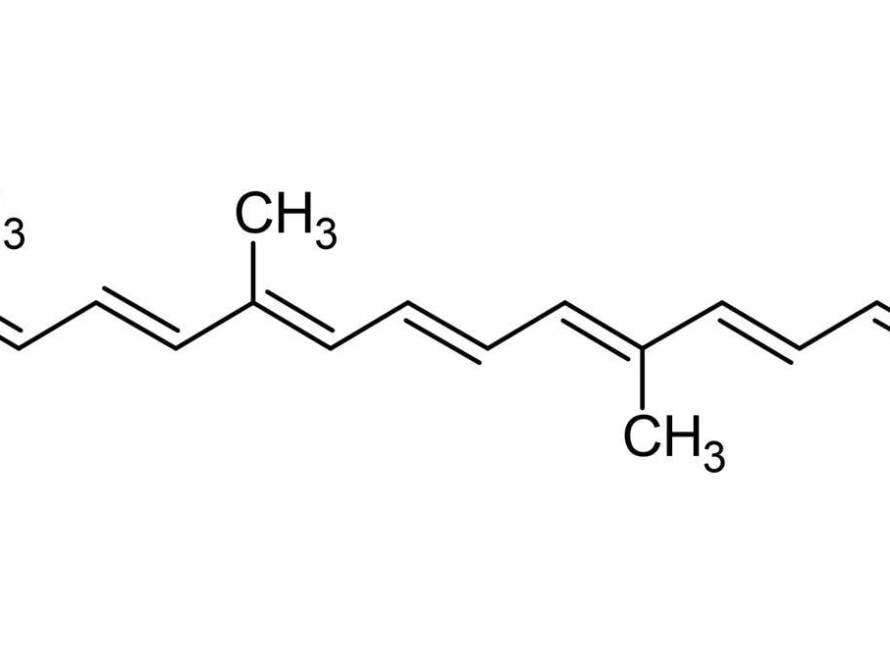In the quest to uncover novel and effective approaches for managing neurodegenerative diseases, the investigation into functional foods and their bioactive components has garnered substantial attention within the scientific community. Among these, probiotic-fermented camel milk emerges as a particularly intriguing subject of study due to its unique nutritional profile and potential therapeutic properties. This article delves into a ground-breaking research study that explores the effects of probiotic-fermented camel milk on neurodegenerative symptoms. Focusing on the SOX5/miR-218 axis, the study offers compelling evidence on how this functional food can orchestrate key molecular mechanisms to attenuate the progression of neurodegenerative disorders in mouse models. Through rigorous experimentation and analysis, the research sheds light on the potential of probiotic-fermented camel milk as a supportive dietary intervention, opening new avenues for the treatment and management of neurodegenerative diseases.
Table of Contents
- Exploring the Impact of Probiotic-Fermented Camel Milk on Neurodegeneration
- The Role of SOX5/miR-218 Axis in Neuroprotective Mechanisms
- Practical Implications for Neurodegenerative Disease Management
- Recommendations for Future Research on Camel Milk Fermentates
- Q&A
- Key Takeaways
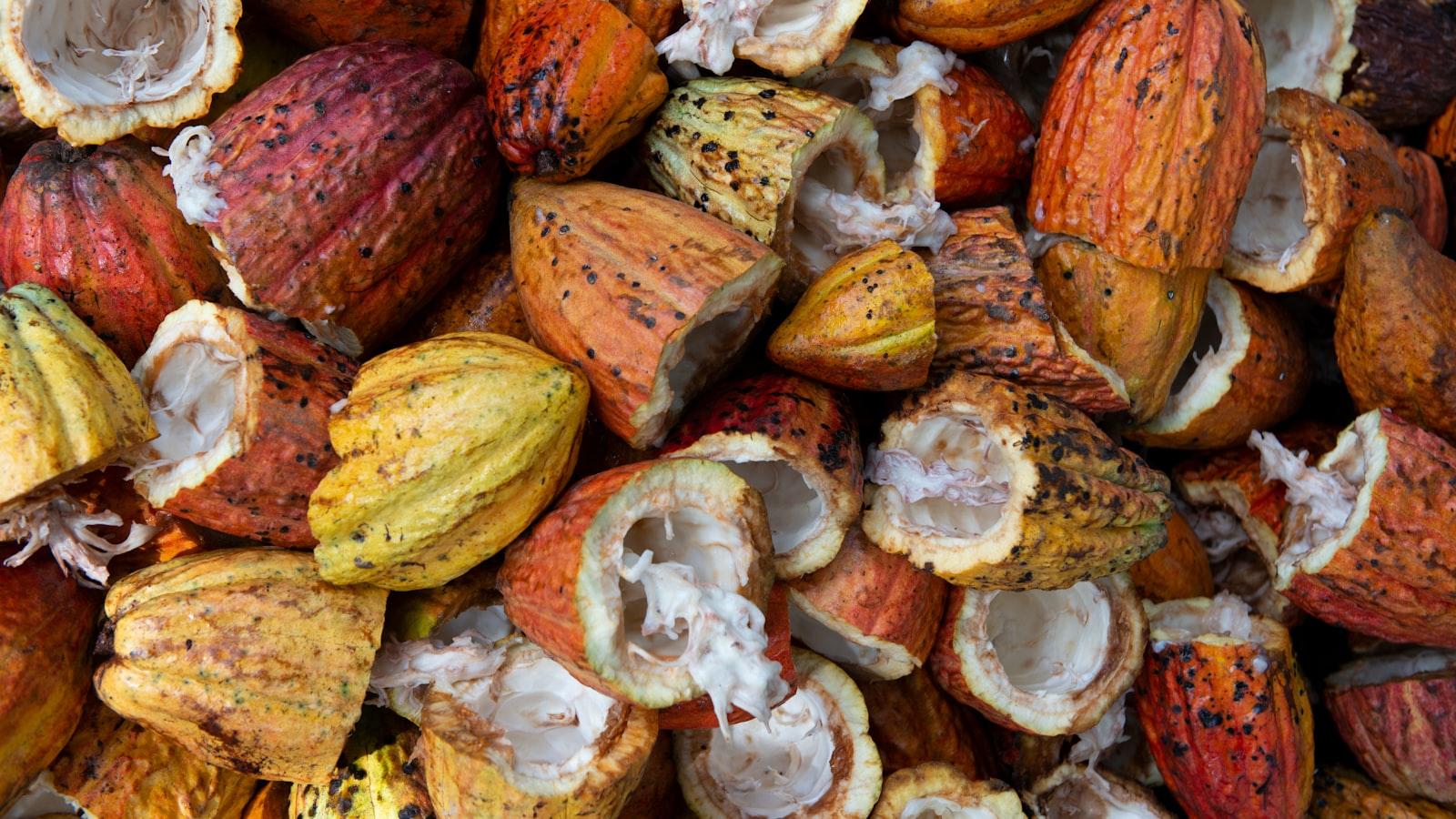
Exploring the Impact of Probiotic-Fermented Camel Milk on Neurodegeneration
In recent years, the spotlight has shone brightly on the therapeutic potential of probiotics, especially in the context of neurodegenerative diseases. Studies have unearthed a fascinating player in this realm: probiotic-fermented camel milk. This novel intervention has garnered attention due to its unique composition, which includes a rich array of bioactive compounds capable of crossing the blood-brain barrier. A groundbreaking study utilized mouse models to explore its efficacy against neurodegenerative symptoms, underscoring a significant mechanism of action via the SOX5/miR-218 axis orchestration. This pathway is critical in brain health, influencing several biological processes that, when disrupted, can lead to the development of neurodegenerative conditions.
The experimental design detailed a comparative analysis between untreated mice and those receiving probiotic-fermented camel milk over a set period. Key findings highlighted an impressive attenuation of neurodegenerative markers in treated subjects, alongside enhanced cognitive function. This effect is attributed to the modulation of the SOX5/miR-218 axis, a genetic pathway involved in neural development and neuroprotection. The study’s data table, although concise, illustrates the stark contrast in neural health markers between the control group and the camel milk-treated mice, providing compelling evidence of its neuroprotective properties.
| Parameter | Control Group | Treated Group |
|---|---|---|
| Cognitive Function Score | Low | High |
| Neurodegenerative Markers | High | Low |
| SOX5/miR-218 Expression | Disrupted | Normalized |
This body of work not only introduces probiotic-fermented camel milk as a potential novel treatment for neurodegenerative diseases but also sheds light on the intricate dance between genetics and nutrition. Through the lens of the SOX5/miR-218 axis, it opens a new chapter in the search for effective, non-pharmacological interventions for neurodegeneration, promising a ray of hope for those affected by these debilitating conditions.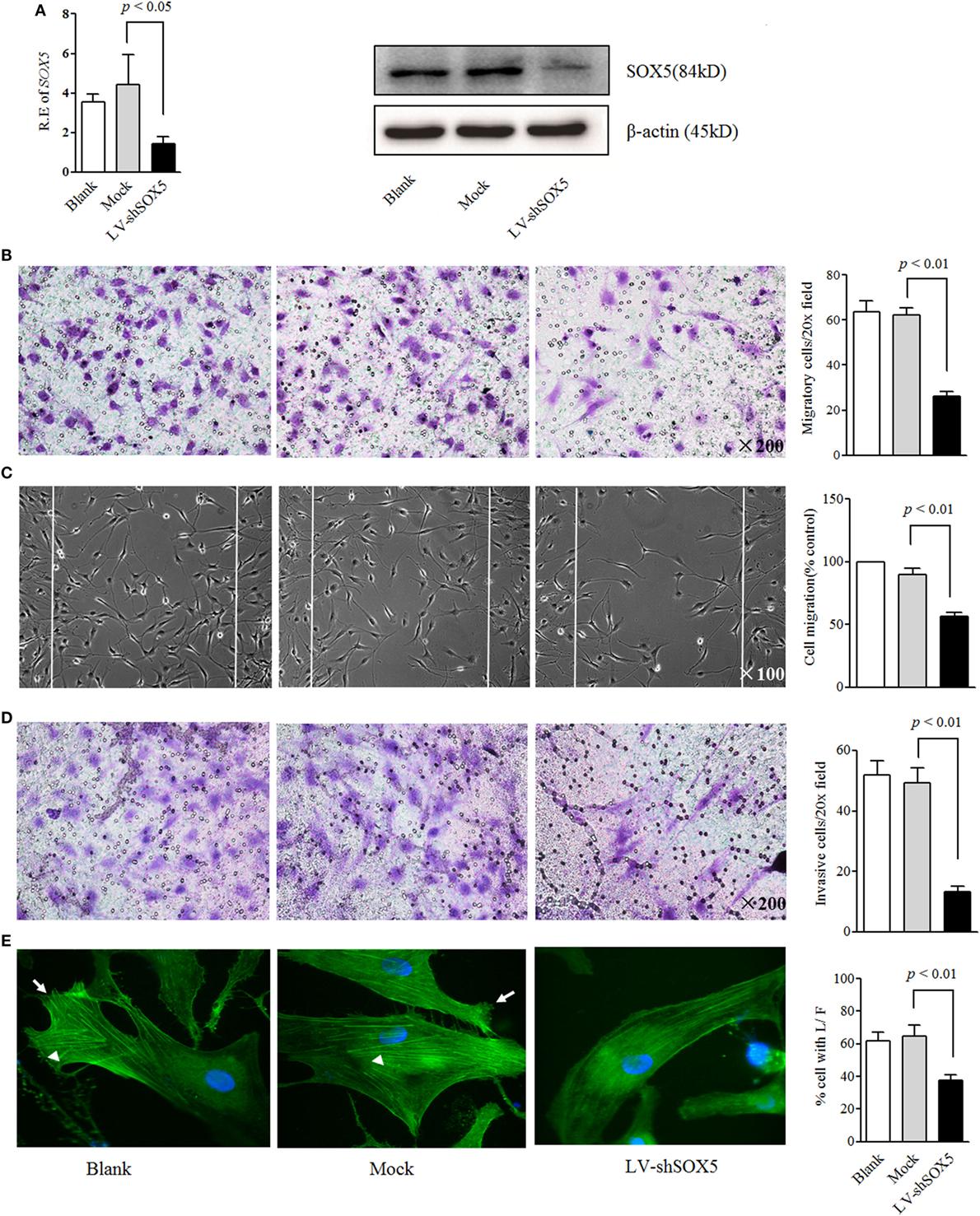
The Role of SOX5/miR-218 Axis in Neuroprotective Mechanisms
In the intricate dance of cellular activities, the SOX5 gene and miR-218 molecule play pivotal roles, especially in the central nervous system’s protective mechanisms. These elements operate in a finely tuned balance, ensuring the normal function and regeneration of neural tissue. It’s within this complex interplay that probiotic-fermented camel milk steps in, offering a beacon of hope for those facing neurodegenerative disorders. The fermentation process enriches the milk with a myriad of bioactive compounds, which, upon digestion, enter the bloodstream and ultimately cross the blood-brain barrier. Here, they seem to wield their influence by modulating the SOX5/miR-218 axis, a critical pathway in the neuroprotective response.
Several studies have demonstrated how this fermentation-enhanced dairy product can steer the SOX5/miR-218 axis towards a protective state, thereby preventing or slowing the progression of neurodegenerative diseases. Specifically, research findings highlight that by upregulating miR-218, the fermented milk effectively suppresses harmful gene expressions and pathways associated with neural damage. Meanwhile, the increased expression of SOX5 contributes to the restoration and maintenance of neuronal integrity, promoting survival and function. Key outcomes observed in mouse models include:
- Enhanced synaptic plasticity and memory function.
- Reduced neuronal inflammation and oxidative stress.
- Upregulated production of neurotrophic factors.
The implications of these findings are profound, suggesting that regular consumption of probiotic-fermented camel milk could offer a novel and natural strategy for combating neurodegenerative conditions, with the SOX5/miR-218 axis at the heart of its therapeutic potential.
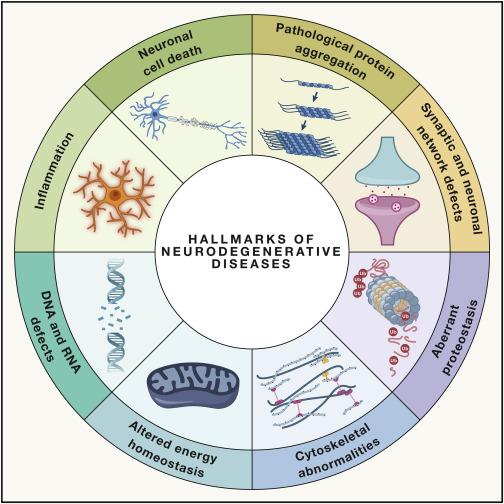
Practical Implications for Neurodegenerative Disease Management
In the realm of managing neurodegenerative diseases, the findings related to probiotic-fermented camel milk present a fascinating avenue for potential therapeutic strategies. The interaction between SOX5—an important transcription factor implicated in neurodevelopment and neural function—and miR-218 plays a pivotal role in this context. The research underscores how this unique milk, when undergone probiotic fermentation, can influence this axis, leading to the attenuation of neurodegenerative symptoms in mouse models. It highlights not just a novel dietary approach but also expands the understanding of microbial influences on neural health.
The practical implications of these findings are manifold. Firstly, it suggests an accessible, non-invasive method that could complement existing treatments for neurodegenerative diseases. For individuals suffering from conditions such as Alzheimer’s, Parkinson’s, or ALS, incorporating probiotic-fermented camel milk into their diet could potentially ease symptoms or slow disease progression. Secondly, it opens the door for future research into how dietary factors influence the SOX5/miR-218 axis and, by extension, neurodegenerative disease management. This could lead to the development of more targeted nutritional interventions, providing a broader spectrum of options for individuals affected by these conditions.
| Potential Benefits | Implications for Treatment |
|---|---|
| Eases symptoms of neurodegenerative diseases | Could complement pharmacological treatments |
| Slows disease progression | Offers a non-pharmacological intervention method |
| Spurs further research into dietary influences | May lead to targeted nutritional strategies |
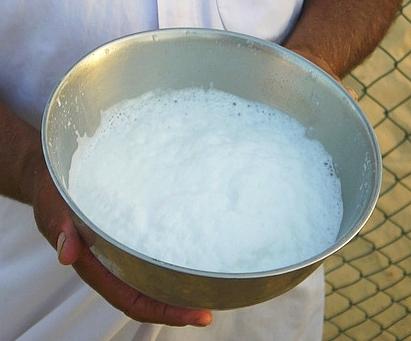
Recommendations for Future Research on Camel Milk Fermentates
As the exploration of probiotic-fermented camel milk’s influence on neurodegenerative diseases makes promising advancements, the extension of research into various related domains is pivotal. Future studies should focus on comparative analyses between camel milk fermentates and those derived from other milk sources, such as cow or goat milk, to elucidate unique properties or enhanced benefits. Additionally, investigating the synergistic effects of camel milk fermentates with other known neuroprotective compounds could offer insights into potential combinatory therapies. This approach not only diversifies the application of camel milk fermentates but also opens avenues for personalized treatment modalities in neurodegenerative disease management.
Incorporating advanced genomic and proteomic techniques to deepen the understanding of the SOX5/miR-218 axis’s role in neuroprotection could unearth novel therapeutic targets. Furthermore, longitudinal studies observing the long-term effects of camel milk fermentates on neurodegenerative diseases would provide invaluable data on their efficacy and safety over extended periods. Emphasizing the need for these research directions will not only augment current knowledge but potentially revolutionize the approach to neurodegenerative disease treatment and prevention.
- Comparative analysis with other milk sources
- Synergistic effects with neuroprotective compounds
- Utilization of genomic and proteomic techniques
- Longitudinal studies on long-term efficacy and safety
| Research Focus | Potential Benefit |
|---|---|
| Comparative Analysis | Identify unique benefits |
| Synergistic Effects | Enhance therapeutic efficacy |
| Advanced Techniques | Discover new therapeutic targets |
| Longitudinal Studies | Assess long-term safety and efficacy |
Q&A
### Q&A: Exploring the Impact of Probiotic-Fermented Camel Milk on Neurodegenerative Symptoms through SOX5/miR-218 Axis Orchestration
Q1: What is the focus of the research on probiotic-fermented camel milk?
A1: The research is centered on investigating how probiotic-fermented camel milk can alleviate neurodegenerative symptoms. Specifically, it examines the role of SOX5/miR-218 axis orchestration in mouse models to determine the molecular mechanisms behind the therapeutic effects.
Q2: Why is camel milk used in the study?
A2: Camel milk was chosen for the study due to its unique composition, which includes various bioactive components known for their health benefits. When fermented with probiotics, these qualities are enhanced, making camel milk a potent medium for examining neurological health improvements.
Q3: What is the significance of the SOX5/miR-218 axis in this context?
A3: The SOX5/miR-218 axis plays a crucial role in neural development and function. Research suggests that disruptions in this axis can contribute to the development of neurodegenerative diseases. Understanding how probiotic-fermented camel milk influences this axis could unveil new pathways for treating or preventing such conditions.
Q4: How does probiotic-fermented camel milk influence neurodegenerative symptoms?
A4: According to the study, probiotic-fermented camel milk works by modulating the SOX5/miR-218 axis, which in turn can attenuate neurodegenerative symptoms. This modulation may promote neuroprotective effects and improve neurological function, although the exact mechanisms require further investigation.
Q5: Were there any surprising findings from this study?
A5: One notable finding was the extent to which the probiotic-fermented camel milk was able to influence the SOX5/miR-218 axis, suggesting a robust interaction that could lead to significant therapeutic outcomes. This highlights the potential of dietary interventions in managing neurodegenerative diseases.
Q6: What implications does this research have for future studies or treatments?
A6: This research opens the door for further exploration into the benefits of probiotic-fermented camel milk and other similar interventions in neurodegenerative diseases. It suggests that targeting the SOX5/miR-218 axis could be a viable strategy for developing new treatments or preventive measures.
Q7: Are there any limitations to this study?
A7: As with any study, there are limitations. The research was conducted on mouse models, which means the results may not directly translate to humans. Further research involving human subjects is necessary to validate these findings and fully understand the therapeutic potential of probiotic-fermented camel milk in neurodegenerative disorders.
Key Takeaways
In conclusion, the intriguing study on the effects of probiotic-fermented camel milk on neurodegenerative symptoms through the SOX5/miR-218 axis orchestration in mouse models shines a light on the potential of natural remedies in the fight against debilitating diseases. By demonstrating how specific components in camel milk can influence gene expression and potentially halt or reverse the progression of neurodegenerative disorders, this research opens new avenues for therapeutic strategies. While further studies are required to fully understand the mechanisms and to translate these findings into human applications, the promising results underscore the importance of exploring and harnessing the medicinal properties of natural products in modern medicine. As we continue to unravel the complexities of neurodegenerative diseases, it is studies like these that offer hope for innovative and more natural treatment options in the future.

